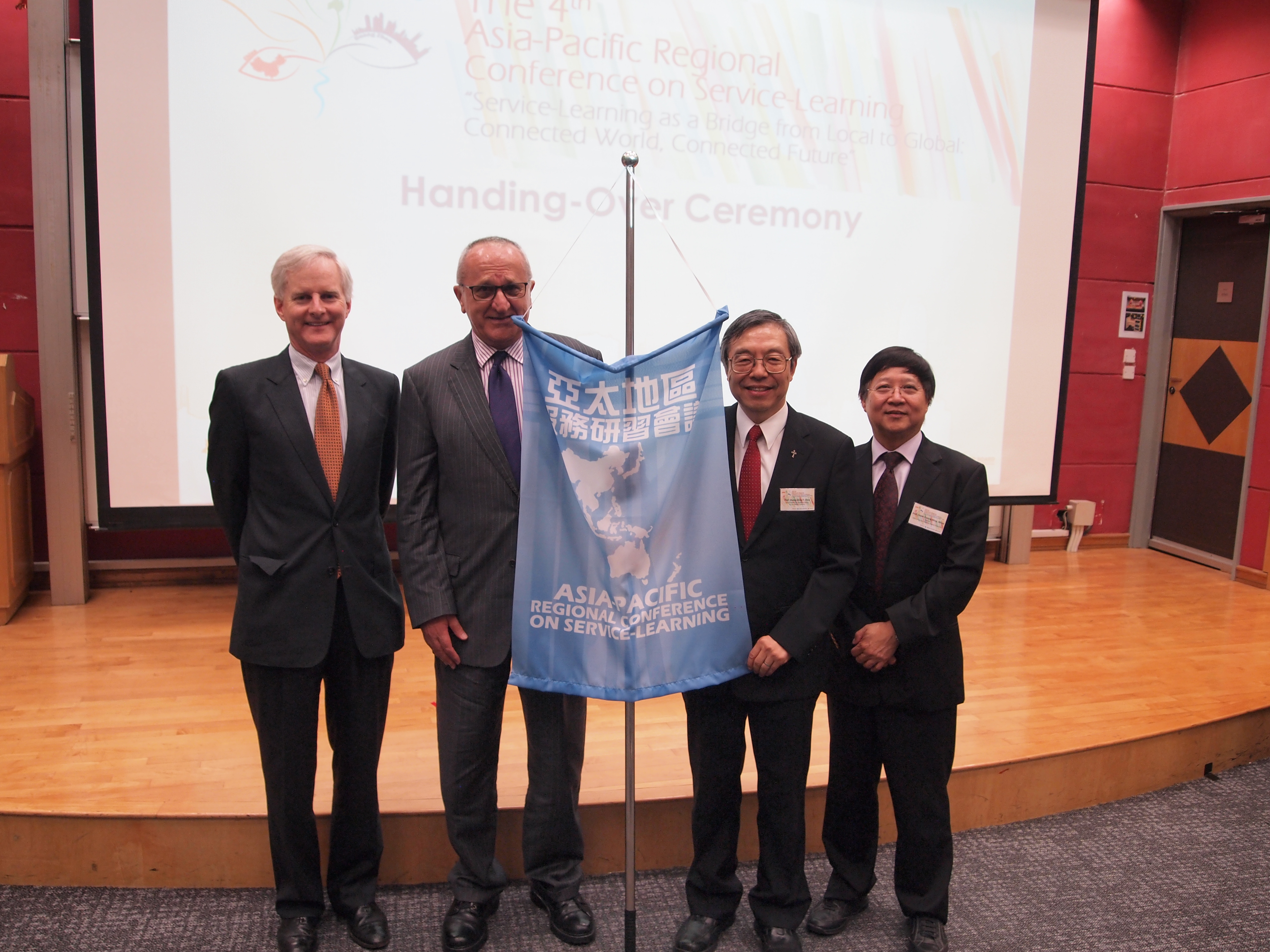Location
MD203, Paul Cardinal Shen Medical Building, Fu Jen University
Start Date
28-5-2015 4:30 PM
End Date
28-5-2015 5:40 PM
Description
Recently, service learning is widespread and has gradually played an important part in education. In the process, one of the key partners is the community. The aim of this paper is to explore the difficulties and challenges faced by the community partners involved in the service learning in Taiwan. Fourteen experienced service learning community partners have been interviewed. The result suggests that the community partners have scare organizational resources when working with campus. Also, the staff lack of the leadership skill to facilitate the involvement of students. Moreover, in Taiwan, the data shows that many students do not have the right motive and positive attitude when doing service learning. They may do the service simply to get the credit or proof of service hours to get higher academic achievement. Community partners express that it is difficult to lead those students. To solve the problem, they suggest that before getting involved in service learning, internal consensus within the organization have to be reached. Also, the training of leadership and motivation for the personnel can be helpful. Besides, they need to take the initiative to get acquainted with the teachers and the students to break the ice. Meanwhile, understanding the students' abilities and skills can help the community partners to know what they can expect from them. In term of leading those students who do have right motive, the experienced community partners suggest that giving the students more space to decide who and how they can serve is one way to increase their involvement. At the same time, closely working with the teachers or faculty member can help to know more about the need of the students. The support and supervision from the teachers or faculty s member can also increase the quality of service. Finally, it is also suggested that the longer the service-learning course is, the more effective the outcome is. The major reason is that it provides more time for students and community partners to know each other and plan the service together. It can increase the effectiveness of partnerships between the campus and the community.
Recommended Citation
Liu, H.-Y., & Ting, P.-Y. (2015, May). Breaking the ice and encouraging enthusiasm: How the Taiwanese community partners in service learning cope with challenges. Paper presented at the 5th Asia-Pacific Regional Conference on Service-Learning: Love Journey: Community Engagement through Service-Learning, Fu Jen Catholic University, Taiwan.
Included in
Breaking the ice and encouraging enthusiasm : how the Taiwanese community partners in service learning cope with challenges
MD203, Paul Cardinal Shen Medical Building, Fu Jen University
Recently, service learning is widespread and has gradually played an important part in education. In the process, one of the key partners is the community. The aim of this paper is to explore the difficulties and challenges faced by the community partners involved in the service learning in Taiwan. Fourteen experienced service learning community partners have been interviewed. The result suggests that the community partners have scare organizational resources when working with campus. Also, the staff lack of the leadership skill to facilitate the involvement of students. Moreover, in Taiwan, the data shows that many students do not have the right motive and positive attitude when doing service learning. They may do the service simply to get the credit or proof of service hours to get higher academic achievement. Community partners express that it is difficult to lead those students. To solve the problem, they suggest that before getting involved in service learning, internal consensus within the organization have to be reached. Also, the training of leadership and motivation for the personnel can be helpful. Besides, they need to take the initiative to get acquainted with the teachers and the students to break the ice. Meanwhile, understanding the students' abilities and skills can help the community partners to know what they can expect from them. In term of leading those students who do have right motive, the experienced community partners suggest that giving the students more space to decide who and how they can serve is one way to increase their involvement. At the same time, closely working with the teachers or faculty member can help to know more about the need of the students. The support and supervision from the teachers or faculty s member can also increase the quality of service. Finally, it is also suggested that the longer the service-learning course is, the more effective the outcome is. The major reason is that it provides more time for students and community partners to know each other and plan the service together. It can increase the effectiveness of partnerships between the campus and the community.
